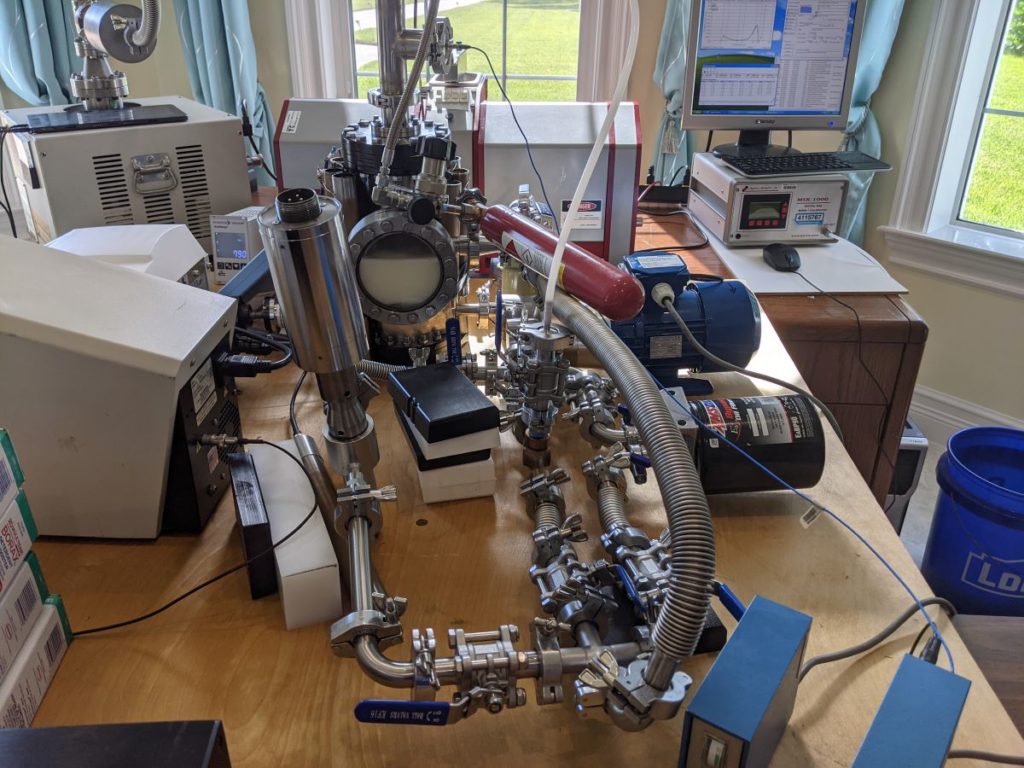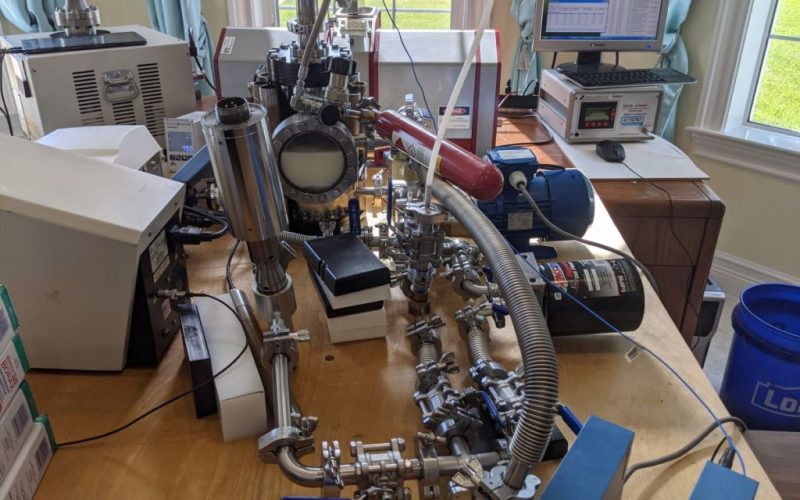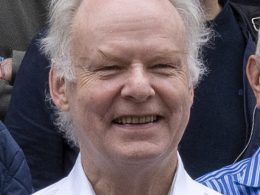A new approach to nuclear fusion that is remarkably simple was discovered. The method involves suspending deuterated titanium (TinD) particles in mineral oil in presence of heavy water (D2O) bubbles / droplets and subjecting said suspension to periodic acoustic influence. The resulting nuclear fusion is identified by significant neutron flux (10 t0 10,000 times above background, count rates in excess of 6,000 CPS) coinciding with the application of sound waves. Despite many replications of bubble fusion, Max I. Fomitchev-Zamilov admits to LENR-News that the conditions necessary to make this process work are not yet fully understood.
Specifically, it is not clear how TinD particle size and concentration is related to D2O bubble size and concentration in the Bubble Fusion Reactor. It was discovered that certain D2O bubble sizes / concentrations result in extremely powerful secondary acoustic waves that we hypothesize originate from the expansion of the rebounding bubbles. These shockwaves add up creating acoustic peaks in excess of 24,000 psi. Through trial and error it was noted that neutron emission seems to coincide with the presence of these massive acoustic peaks but it has proven difficult to create the conditions necessary for producing said peaks on purpose. Therefore the research is ongoing on Bubble Fusion. For additional information and information on the automated radiation detection systems Max builds visit https://maximus.energy/wp-cont…lseCounter-Pro-Manual.pdf.
You can also read more about the experiment and replicators here: LENR-Forum(Bubble Fusion)








